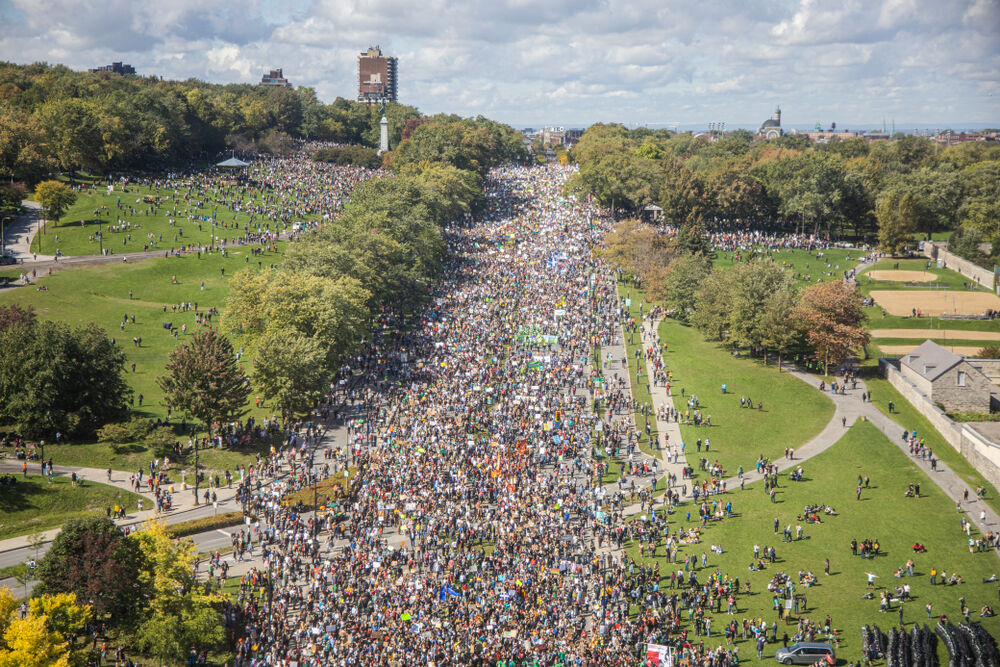Globalization and economic agreements have led to increased trade in goods and services between countries. The world is now open, which means that products from America, Europe, Asia, Africa and Oceania are available around the globe. Physical products (that you can touch) as well as cultural products, such as books, television shows, films and music, are also exchanged. With services like Netflix and Spotify, anyone in the world can watch international films and listen to songs by their favourite artists, no matter where they are.
Globalization is a phenomenon that pushes states to open their national economy to the world market in order to increase trade between countries, making them interdependent. Trade can include services, goods, capital (money) or the movement of workers.

In 2019, six films from the US-based company Disney made the top 10 list of most successful films at the worldwide box office. The top 11 films were produced by the United States.
Source: Ivan Marc. “Barcelona, Spain. October 2019: Close up view of Disney+ on smartphone screen. Disney+ is an online video streaming subscription service, set to launch in the US in 2019. Illustrative editorial,” Shutterstock, October 2019.
However, some states are afraid of a global homogenization of culture. Many of the most widely read, watched and listened to products in the world come from the United States. The Convention on the Protection and Promotion of the Diversity of Cultural Expressions was adopted by 100 states to counter cultural homogenization. The main objective of this United Nations Educational, Scientific and Cultural Organization (UNESCO) Convention is to promote cultural diversity. When discussing globalization, cultural diversity refers to the different cultures (values, languages, religions) that can co-exist in the same society and in the world.
This UNESCO Convention was specifically set up to protect and promote cultural diversity. For this reason, all states that signed the Convention have the right to maintain, adopt and implement policies that they deem appropriate for the protection and promotion of the diversity of cultural expressions within their territory. This is why cultural goods and services are not automatically included in free trade agreements. Normally, when states enter into free trade agreements, the governments of signatory countries are not allowed to offer financial aid to their industries. This provision of the Convention allows countries to subsidize cultural industries. This financial aid supports and promotes local culture around the world. In Canada, there are some 40 funding programs covering many aspects of Canadian culture, from film to literature and museums.
Globalization increases the scope of issues. For example, if one country experiences an economic crisis, eventually the economies of other countries or even the entire world will be affected. One country’s problems can spread to other countries. Environmental issues are a good example of this.

Nearly 500 000 Montrealers came together on September 27, 2019, for the Climate March.
Source: Merlos, Maria. “MONTREAL, QUEBEC, CANADA - SEPTEMBER 27, 2019: Hundreds of thousands [of] young people protesting with Greta Thunberg in Montreal Park Avenue, demanding for an action plan to save the planet.” Shutterstock, September 27, 2019.
The environment is a current global issue. In September 2019, 6 million people in over 150 countries took part in a global climate march. This mobilization of people around the world made it clear that the environment is an international issue. Environmental problems such as air and water pollution, global warming and the degradation of biodiversity (different forms of life) require sustainable solutions. These solutions must be realistic and long-lasting. This is not an easy task. This is why states join together and adopt common measures to address environmental issues.
In 1972, the United Nations created the United Nations Environment Programme (UNEP), which has become the leading global authority on the environment. This program has helped establish several environmental conventions such as the Basel Convention and the Montreal Protocol.
In 1994, the United Nations Framework Convention on Climate Change (UNFCCC) came into force. Its aim is to prevent “dangerous” human activities that affect the climate. Every year since 1995, the 197 states take part in the Conference of the Parties (COP), where they discuss current environmental issues. At some COPs, states adopt environmental agreements. The Kyoto Protocol was adopted at COP 3 and the Paris Agreement at COP 21. These agreements, adopted by nearly all states, demonstrate the world’s shared desire to address environmental problems in a sustainable manner.
UNFCCC conferences are called COPs, and are accompanied by a number. For example, COP 1 was the first conference and COP 17 was the 17th conference. In 2019, COP 25 was held in Madrid, Spain.
|
Agreement |
Adoption date |
Objective |
Number of states |
|---|---|---|---|
|
Vienna Convention |
1985 |
Protect the ozone layer |
197 states and the European Union |
|
Montreal Protocol |
1987 |
Progressive elimination of ozone-depleting substances |
196 states |
|
Basel Convention |
1989 |
Reduce the production of hazardous waste and control its transport and disposal |
172 states |
|
Kyoto Protocol |
1997 |
Reduce and limit the production of greenhouse gases (GHG) |
192 states |
|
Paris Agreement |
2015 |
Accelerate and intensify actions and investments to reduce carbon and GHG emissions |
183 states |